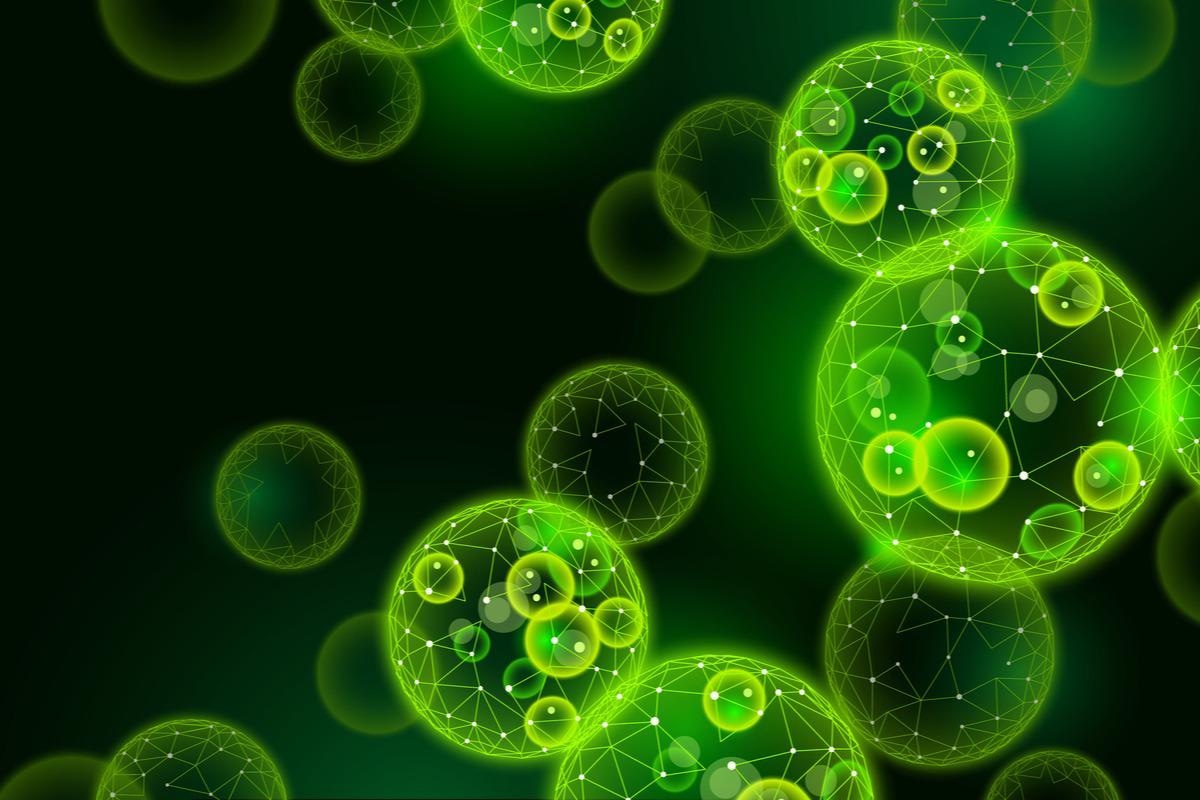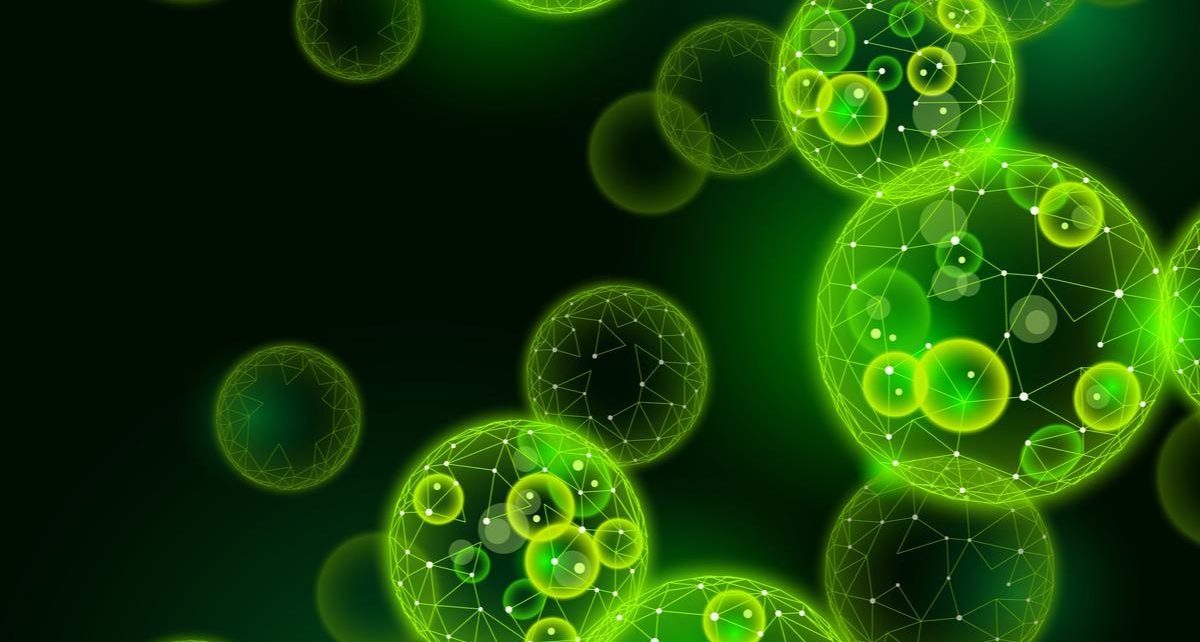A recent study posted to Research Square* preprint server demonstrated that dry algal powders inhibit severe acute respiratory syndrome coronavirus-2 (SARS-CoV-2) in vitro.

Background
The coronavirus disease 2019 (COVID-19) pandemic has caused adverse health impacts and economic crisis for two years now with no signs of relief yet. The latest global surge of COVID-19 infections has been ongoing since late 2021 due to the emergence of the highly mutated SARS-CoV-2 Omicron variant.
Moreover, vaccine-breakthrough infections have been documented, and reports suggest an increase of breakthrough infections in the future. Over time, the continual emergence of novel variants and breakthrough cases emphasizes the development of newer antiviral drugs/therapies.
Several studies have reported phytochemicals from vascular plants in inhibiting SARS-CoV-2 replication or other functional components. Further, some research groups observed antiviral properties of macro- and micro-algae against viruses such as herpes simplex virus, measles virus, and mumps virus, among others. In the context of COVID-19, one study reported the antiviral activity of some sulfated polysaccharides of algae against SARS-CoV-2.
The study
The current study assessed the antiviral properties of purified fucoidan from Sargassum spp and dried powders of Chlorella vulgaris and Spirulina maxima. The dried algae were rehydrated with 1 ml of Dulbecco’s modified eagle medium (DMEM). First, the cytotoxicity was evaluated by testing each sample at different concentrations (50, 70, and 100 µg/ml) in Vero cells. Microscopic observations determined the morphological changes due to treatment. An MTT assay estimated the cytotoxicity of samples at the concentration selected for further investigations.
Next, the algal antiviral activity and prophylactic potential were assessed. Two simultaneous and pre-treatment experiments were designed. In the concurrent design, Vero cells were treated with an algal sample and incubated with 50 or 100 tissue culture infectious dose (TCID50)/ml for an hour at 37°C. In the second experiment, Vero cells were pre-treated with algal samples for 48 hours before incubating with SARS-CoV-2. Microscopic analyses were carried out to monitor viral cytopathic effect (CPE) or infection.
Findings
The researchers identified no detectable loss of confluence and cell vacuolization at 50 and 70 µg/ml under the microscope, but some modifications were evident in the cell monolayer at 100 µg/ml. MTT assays demonstrated 78.1% cell viability with fucoidan and 76% and 67.5% for Spirulina and Chlorella samples. CPE was not observed with Chlorella in both experiments. Similarly, no CPE was observed in both experiments with Spirulina samples at 50 TCID50/ml of SARS-CoV-2. Still, at the increased concentration (100 TCID50/ml), CPE was observed in 75% of replicates for the simultaneous experiment, and 50% replicates in the pre-treated experiment. CPE was detected with fucoidan treatment in both experiments in 37.5% replicates at 50 TCID50/ml of SARS-CoV-2, and the results were similar to treatment with Spirulina samples at the increased viral concentration.
The research group repeated the earlier experiments using 4% dimethyl sulfoxide (DMSO) and DMEM to investigate whether the bioavailability of algal samples improved. At 50 TCID50/ml, all three algal samples showed no CPE in both experiments. Moreover, the Spirulina samples at 100 TCID50/ml SARS-CoV-2 reduced CPE to 12.5% and 25% in pretreated and simultaneous assays. Surprisingly, CPE increased in both experiments with fucoidan treatment.
Next, they quantified SARS-CoV-2 genomic copies with quantitative reverse transcription polymerase chain reaction (RT-qPCR). In pre-treated and simultaneous assays, the most potent antiviral activity was observed among cells with Chlorella treatment. After 96 hours of infection, the peak inhibitory effect showed a 1000-fold reduction in viral load relative to controls. While Spirulina treatment showed potent inhibition in the simultaneous experiment, protection was partial in pre-treated cells. The highest inhibitory effect with Spirulina samples was observed at 72 hours post-infection. A 10-fold reduction was observed at 72 hours in the simultaneous assay with fucoidan treatment; although the viral load was lower in the pre-treatment assay, it was statistically insignificant.
Conclusions
The findings of the study showed the antiviral potential of algae against SARS-CoV-2. Chlorella vulgaris exhibited the highest antiviral potential across all algal samples, assays, and virus concentrations. Of the three algal samples, the use of fucoidan did result in antiviral activity but at a lower potency. When fucoidan was used with DMSO, the infection rate (CPE) increased, indicating that its bioavailability was better in aqueous solvents (DMEM) given that it is a water-soluble polysaccharide.
Altogether, these results showed that Chlorella and Spirulina were potent in inhibiting SARS-CoV-2, suggesting their potential applicability in COVID-19 treatment. Nonetheless, further pre-clinical and clinical studies are required to confirm these findings.
*Important notice
Research Square publishes preliminary scientific reports that are not peer-reviewed and, therefore, should not be regarded as conclusive, guide clinical practice/health-related behavior, or treated as established information.
- Daniel Garcia Ruiz, Erendira Villalobos-Sánchez, David Alam-Escamilla et al. (2022). In Vitro Inhibition of SARS-CoV-2 Infection by Dry Algae Powders. Research Square. doi: https://doi.org/10.21203/rs.3.rs-1416575/v1 https://www.researchsquare.com/article/rs-1416575/v1
Posted in: Medical Science News | Disease/Infection News | Healthcare News
Tags: Assay, Cell, Coronavirus, Coronavirus Disease COVID-19, covid-19, Cytotoxicity, Drugs, Genomic, Herpes, Herpes Simplex, Herpes Simplex Virus, in vitro, Measles, micro, Microscope, Mumps, Omicron, Pandemic, Polymerase, Polymerase Chain Reaction, Research, Respiratory, SARS, SARS-CoV-2, Severe Acute Respiratory, Severe Acute Respiratory Syndrome, Syndrome, Tissue Culture, Transcription, Vaccine, Vascular, Virus

Written by
Tarun Sai Lomte
Tarun is a writer based in Hyderabad, India. He has a Master’s degree in Biotechnology from the University of Hyderabad and is enthusiastic about scientific research. He enjoys reading research papers and literature reviews and is passionate about writing.
Source: Read Full Article



